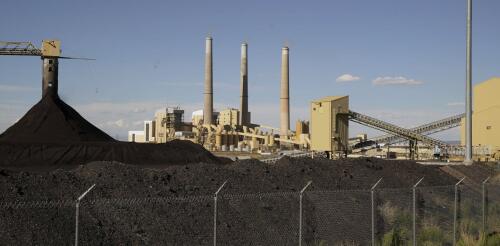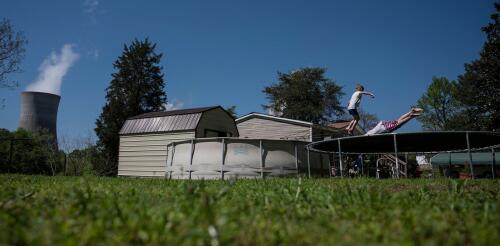Coal power plants
Electric power generation in the U.S. is shifting rapidly away from fossil fuels toward cleaner and lower-carbon sources. State clean energy targets and dramatic declines in the cost of renewable electricity are the most important reasons. But fossil fuel plants still generate 60% of the U.S. electricity supply, producing air, water and land pollutants and greenhouse gases in the process. To reduce these impacts, the Environmental Protection Agency announced a suite of rules on April 25, 2024. They focus mainly on coal plants, the nation’s most-polluting electricity source. As an environmental lawyer who has been in practice since the early 1970s, I believe these curbs on power plant pollution are long overdue. The new rules close loopholes in existing laws that have allowed coal-fired power plants to pollute the nation’s air and water for decades. And they require utilities to drastically slash these plants’ greenhouse gas emissions or close them down. Oppon...
Air pollution particles from coal-fired power plants are more harmful to human health than many experts realized, and it’s more than twice as likely to contribute to premature deaths as air pollution particles from other sources, new research demonstrates. In the study, published in the journal Science, colleagues and I mapped how U.S. coal power plant emissions traveled through the atmosphere, then linked each power plant’s emissions with death records of Americans over 65 years old on Medicare. Our results suggest that air pollutants released from coal power plants were associated with nearly half a million premature deaths of elderly Americans from 1999 to 2020. It’s a staggering number, but the study also has good news: Annual deaths associated with U.S. coal power plants have fallen sharply since the mid-2000s as federal regulations compelled operators to install emissions scrubbers and many utilities shut down coal plants entirely. In 1999, 55,000 death...
The U.S. government is planning to crack down on power plants’ greenhouse gas emissions, and, as a result, a lot of money is about to pour into technology that can capture carbon dioxide from smokestacks and lock it away. That raises an important question: Once carbon dioxide is captured and stored, how do we ensure it stays put? Power plants that burn fossil fuels, such as coal and natural gas, release a lot of carbon dioxide. As that CO₂ accumulates in the atmosphere, it traps heat near the Earth’s surface, driving global warming. But if CO₂ emissions can be captured instead and locked away for thousands of years, existing fossil fuel power plants could meet the proposed new federal standards and reduce their impact on climate change. We work on carbon capture and storage technologies and policies as a scientist and an engineer. One of us, Klaus Lackner, proposed a tenet more than two decades ago that is echoed in the proposed standards: For all car...


